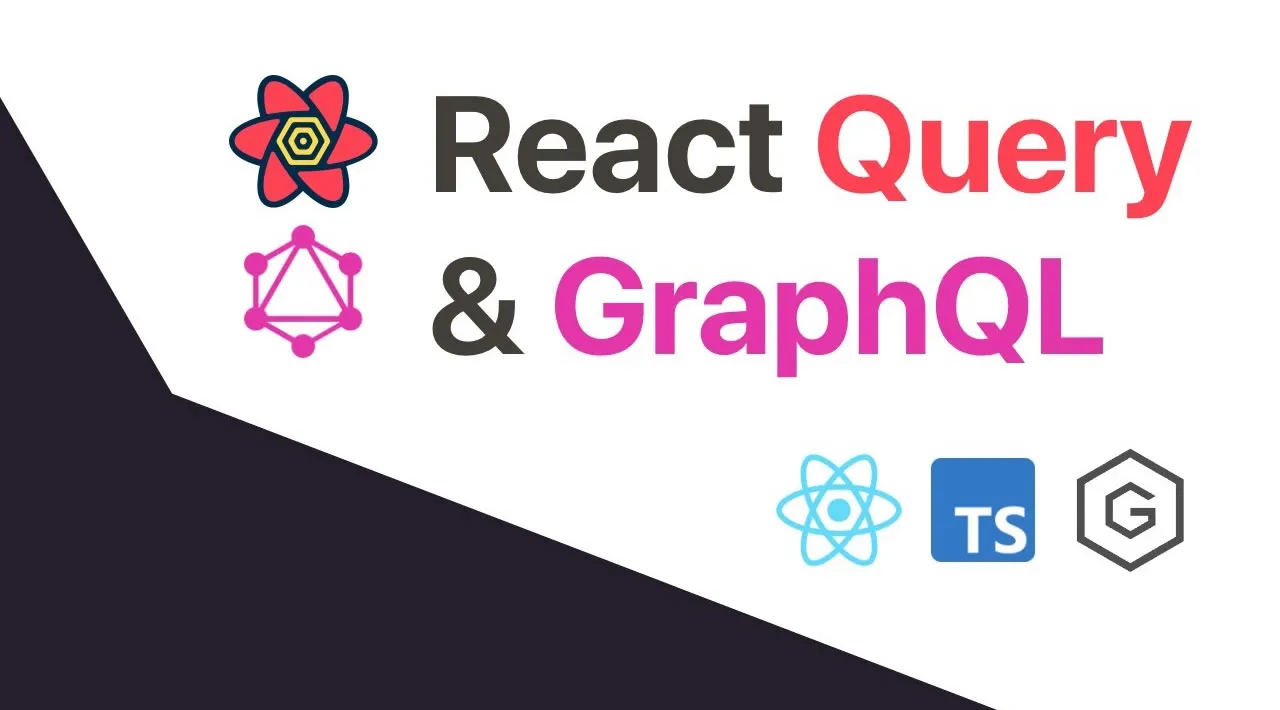React Query is a library that provides a set of hooks for fetching, caching, and updating data in your React applications. In this tutorial, we will be looking at React Query and learning how to use it in a React and GraphQL app.
What is React Query?
React Query (RQ) is a performant and powerful data synchronization library for React apps. It provides a collection of hooks for fetching and managing data. It is backend agnostic, which means you can use REST, GraphQL, or whatever APIs you like, RQ doesn’t care. React Query handles caching, background updates, and stale data out of the box with zero-configuration. The caching layer of RQ is powerful and minimal effort to configure.
React Query makes state managing easy because it allows you to fetch, mutate and cache data with almost no hassle. And can also be customized for more advanced use cases. While React Query does a lot for you, it’s not a complete replacement for client-state management libraries because RQ can’t handle UI state (state for controlling the interactive parts of our app); it’s a library for fetching and synchronization data.
However, RQ is designed to replace the boilerplate code and related wiring used to manage cache data in your client-state and replaces it with just a few lines of code. RQ has to manage asynchronous operations between your server and client and use Redux, MobX, Zustand, or even React Context to handle the UI state. This way, you will get a simplified app logic and delivers a snappy experience to your users with less code.
What we’re building
In this guide, we will be building a Blog app using React, React Query, and GraphQL. We will retrieve the data from the TakeShape GraphQL API. Let’s get started!
#react #graphql #api
